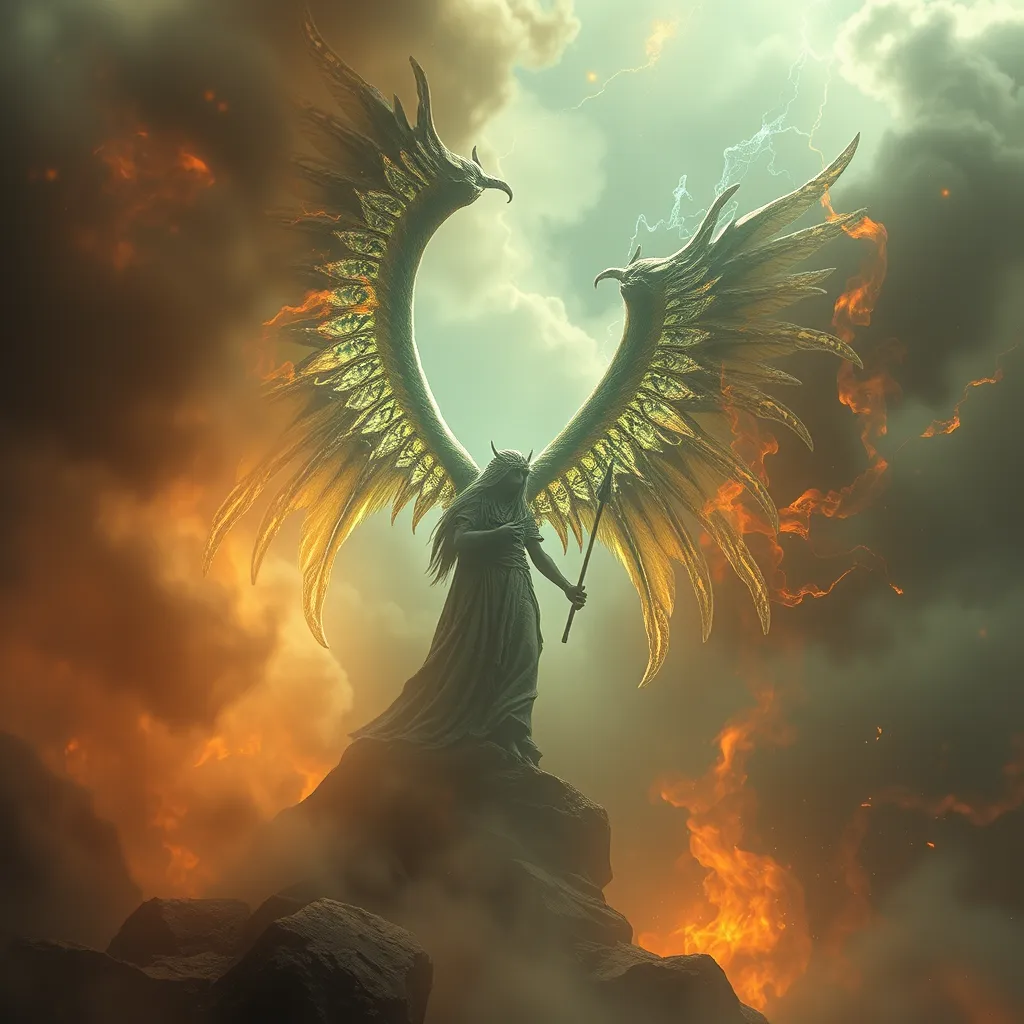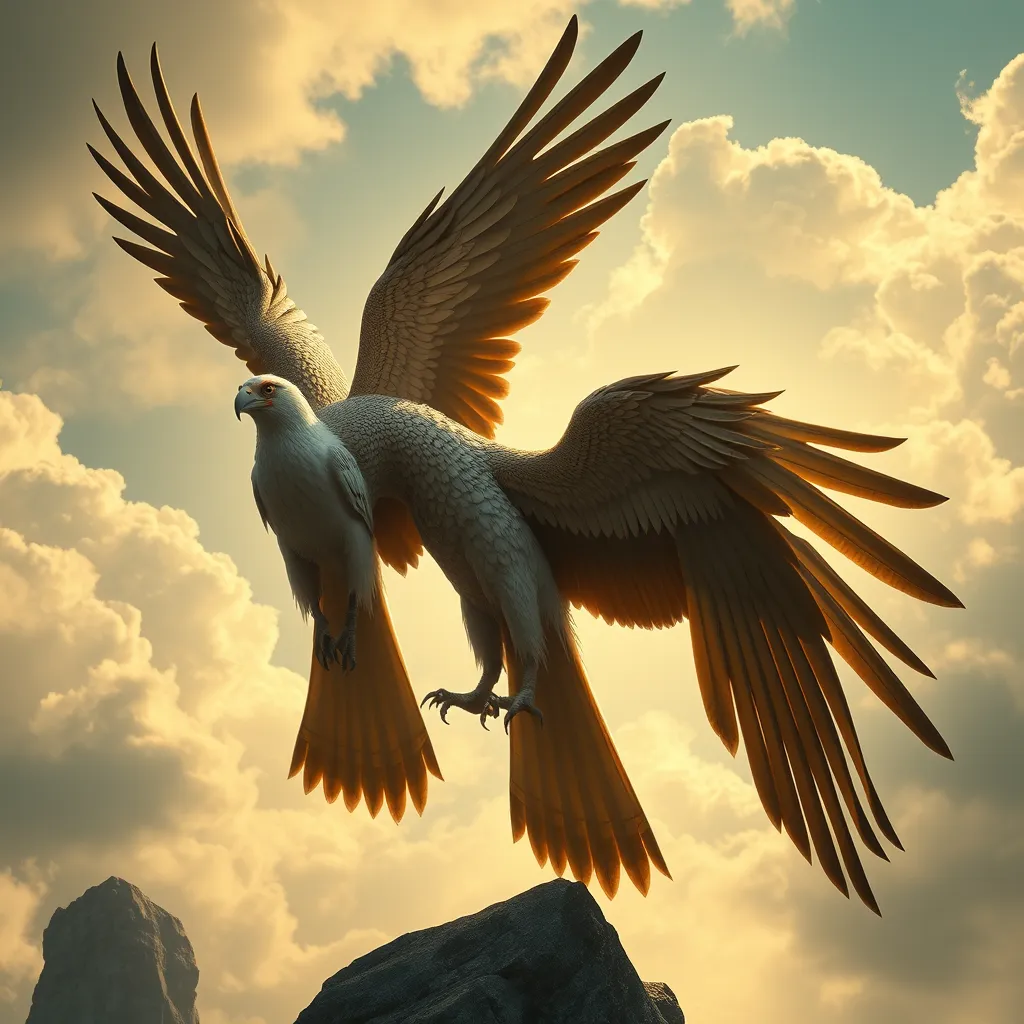The Minotaur and the Hero: Analyzing the Relationship between Theseus and the Monster
I. Introduction
The myth of the Minotaur is one of the most captivating tales from ancient Greek mythology, embodying themes of heroism, monstrosity, and the struggle between civilization and chaos. Central to this narrative is the figure of Theseus, a hero who emerges from the shadows of darkness to confront the beast that terrorizes his people. The relationship between Theseus and the Minotaur is complex, marked by a clash of ideals and the quest for identity. This article aims to explore the multifaceted dynamics between Theseus and the Minotaur, shedding light on their significance in the context of ancient Greek culture and the broader implications of their encounter.
II. Historical and Cultural Context
A. Origins of the Minotaur myth in ancient Greek culture
The Minotaur myth has its roots in Minoan civilization, particularly on the island of Crete, where archaeological evidence suggests the existence of labyrinthine structures. The creature, a half-man, half-bull, symbolizes the intersection of animalistic instincts and human civilization, making it a rich subject for analysis.
B. The role of the Minotaur in Minoan civilization
In Minoan culture, bulls were highly revered, and bull-leaping rituals were commonplace. The Minotaur can be seen as the embodiment of the untamed and chaotic aspects of nature that the Minoans sought to confront and understand.
C. Theseus as a symbol of Athenian values and ideals
Theseus represents the values of ancient Athens, emphasizing rationality, bravery, and the quest for knowledge. His journey to confront the Minotaur is not merely a quest to defeat a monster but also a symbolic journey toward understanding and overcoming chaos.
III. The Minotaur: A Dual Symbol
A. Analysis of the Minotaur as a monster
1. Physical attributes and their implications
The Minotaur is depicted as a grotesque creature with the body of a man and the head of a bull. This hybrid form evokes horror and fascination, representing the fear of the unknown and the chaos that lurks beneath the surface of civilization.
2. The Minotaur’s role as a figure of fear and chaos
The Minotaur is not just a monster; it represents the primal fears of humanity. It is a manifestation of the chaos that can arise when civilization fails to maintain order, symbolizing the darker aspects of human nature.
B. The Minotaur as a tragic character
1. Origins and backstory
Born from a cursed union between Pasiphae, the wife of King Minos, and a magnificent bull, the Minotaur is a tragic figure, trapped in a labyrinth of his own making. His existence raises questions about fate, punishment, and the nature of monstrosity.
2. Themes of isolation and monstrosity
The Minotaur’s confinement in the labyrinth serves as a metaphor for isolation. It highlights the tragedy of being perceived as a monster and the loneliness that accompanies such a label, inviting empathy for a being often seen solely as a threat.
IV. Theseus: The Hero Archetype
A. Defining heroism in the context of Theseus
Theseus embodies the hero archetype, characterized by courage, intelligence, and a sense of duty. His quest to slay the Minotaur is driven by a desire to protect his people and restore order, making him a model of Athenian heroism.
B. Key characteristics of Theseus as a hero
1. Courage and strength
Theseus displays remarkable bravery in facing the Minotaur, entering the labyrinth armed only with his wits and determination. His physical prowess is matched by his moral fortitude.
2. Intelligence and cunning
Beyond mere strength, Theseus employs intelligence in his approach to the labyrinth. With the help of Ariadne’s thread, he navigates the maze, symbolizing the importance of cleverness in overcoming challenges.
C. Theseus’ motivations and goals in confronting the Minotaur
Theseus is motivated by a sense of responsibility to save the Athenians from the tribute they must pay to the Minotaur. His journey is not only about defeating a monster but also about liberating his people and asserting Athenian values of heroism and rationality.
V. The Labyrinth: Setting the Stage for Conflict
A. Symbolism of the Labyrinth in the myth
The labyrinth itself serves as a powerful symbol, representing the complexities of life, the struggle for understanding, and the journey into the unknown. It is a physical manifestation of the psychological challenges that Theseus must face.
B. The psychological implications of the journey through the Labyrinth
As Theseus navigates the labyrinth, he confronts not only the Minotaur but also his own fears and doubts. The journey symbolizes the internal struggle that accompanies the pursuit of heroism.
C. The Labyrinth as a representation of fate and choice
The labyrinth illustrates the tension between fate and free will. While Theseus is destined to confront the Minotaur, his choices within the labyrinth determine the outcome of his journey, emphasizing the role of agency in heroism.
VI. The Encounter: Clash of Hero and Monster
A. Description of the confrontation between Theseus and the Minotaur
The climactic encounter between Theseus and the Minotaur is a battle of wills, strength, and intellect. As Theseus faces the beast in the depths of the labyrinth, the tension builds, culminating in a fierce struggle for survival.
B. Analysis of the battle: physical and moral dimensions
The battle transcends mere physical confrontation; it embodies the moral struggle between civilization and chaos. Theseus’ victory symbolizes the triumph of rationality over primal fear.
C. The significance of the victory over the Minotaur
By defeating the Minotaur, Theseus not only frees his people but also asserts the values of civilization over barbarism. This victory reinforces the ideals of heroism and the importance of confronting one’s fears.
VII. The Aftermath: Consequences of the Encounter
A. Impact on Theseus and his legacy
Theseus’ victory over the Minotaur solidifies his status as a revered hero in Athenian culture. His legacy is one of bravery and intellect, inspiring future generations to confront their own challenges.
B. The Minotaur’s fate and its implications for understanding monstrosity
The Minotaur’s death raises questions about the nature of monstrosity. It prompts reflection on how society defines monsters and the consequences of such labels.
C. Reflection on the themes of heroism and monstrosity in contemporary culture
The themes present in the myth of Theseus and the Minotaur continue to resonate in contemporary culture, serving as a lens through which we examine heroism, fear, and the complexities of identity.
VIII. Conclusion
The relationship between Theseus and the Minotaur is a rich tapestry of heroism, monstrosity, and the struggle for understanding. Their encounter serves as a profound commentary on the nature of fear and the quest for identity. The myth remains relevant in modern storytelling, offering insights into the complexities of human nature and the enduring battle between chaos and order. Ultimately, the tale invites us to reflect on our own journeys, the monsters we face, and the heroes we aspire to be.



